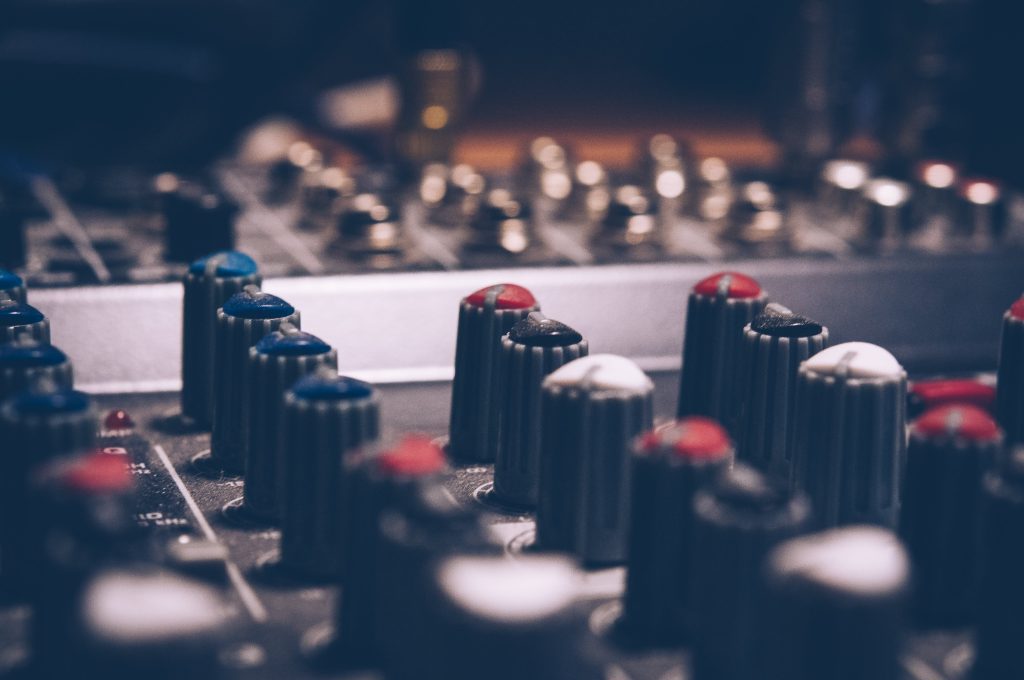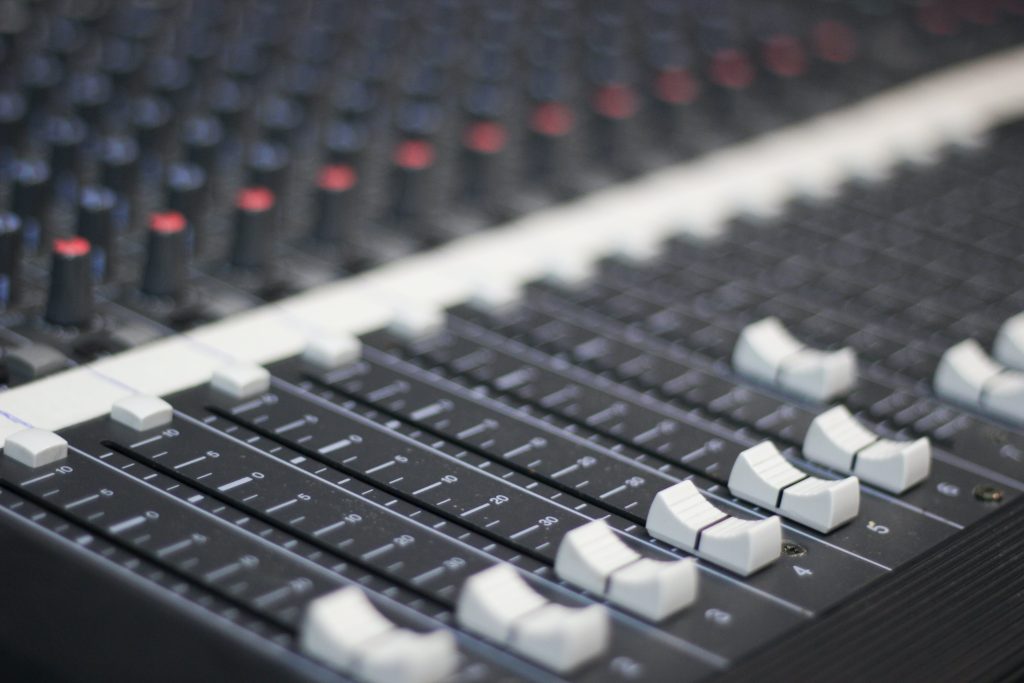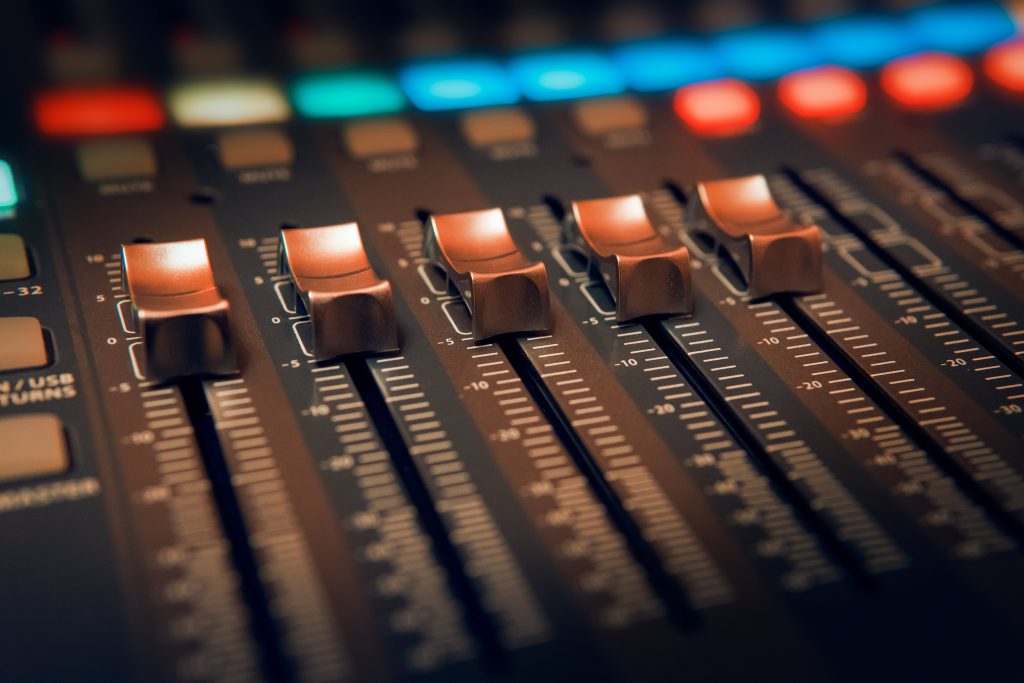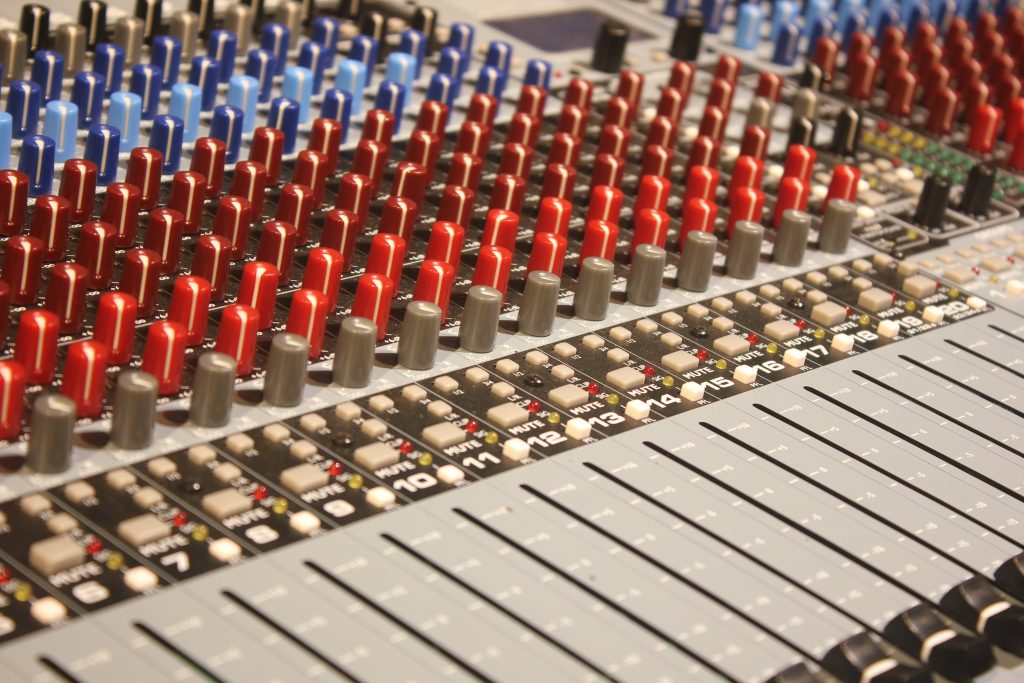Mixing is an intricate art that bridges the gap between creative expression and technical finesse.
Whether you’re a novice producer or an experienced engineer, the quest to improve your mixing skills is a perpetual journey. In this comprehensive guide, we will explore a myriad of techniques, strategies, and mindset shifts to help you master the mix and elevate your sonic creations to new heights.
Understanding the Fundamentals
Before delving into advanced techniques, it’s crucial to revisit the fundamentals of mixing. Understanding the core elements and their interactions lays the groundwork for more nuanced and effective mixing.
Balance is Key
Achieving a well-balanced mix involves ensuring that no single element dominates the sonic landscape. Pay attention to the relative levels of each instrument, allowing them to coexist harmoniously.
Frequency Spectrum Awareness
Develop a keen awareness of the frequency spectrum. Each instrument occupies a specific range, and managing these ranges effectively prevents frequency clashes and ensures clarity.
Panning for Spatial Depth
Utilize panning to create spatial depth in your mix. Experiment with the placement of instruments in the stereo field, considering the role each plays in the arrangement.
Dynamic Range Management
Dynamic range refers to the difference between the softest and loudest parts of a song. Skillful use of compression and automation helps control dynamic range, enhancing the overall impact of the mix.

Refining Your Listening Skills
Critical Listening Sessions
Train your ears through critical listening sessions. Regularly analyze professional mixes in various genres to develop a deep understanding of sonic nuances and industry standards.
Reference Tracks
Use reference tracks as benchmarks for your own mixes. Compare your work to well-mixed and mastered songs to identify areas for improvement and align your sonic goals with industry standards.
Environment Matters
Invest time in optimizing your listening environment. Acoustic treatment, quality studio monitors, and a well-positioned listening position contribute to accurate monitoring, allowing you to make informed mixing decisions.
Take Breaks
Listening fatigue is a real challenge in mixing. Take breaks to refresh your ears and maintain objectivity. This prevents the risk of making decisions based on tired perceptions.

Advanced Mixing Techniques
Parallel Compression
Enhance the punch and sustain of drums by employing parallel compression. Duplicate the drum track, apply heavy compression to one copy, and blend it back with the original for a dynamic and impactful sound.
Multiband Compression
Tackle specific frequency ranges with precision using multiband compression. This technique allows you to compress different frequency bands independently, addressing issues without affecting the entire spectrum.
Sidechain Compression
Create space in your mix by using sidechain compression. This involves triggering compression on one element based on the amplitude of another, allowing certain instruments to dynamically make room for each other.
Automation for Expressive Mixes
Embrace automation to add dynamic expressiveness to your mix. Automate volume, pan, and effect parameters to create movement and emphasize key sections of the song.
Spatial Effects
Experiment with spatial effects like reverb and delay to enhance the sense of space in your mix. Consider the spatial characteristics of each instrument and apply effects judiciously for depth and dimension.

Developing a Systematic Workflow
Organization is Key
Maintain an organized session by naming tracks, color-coding, and grouping related elements. A well-organized session streamlines your workflow and allows for efficient decision-making.
Mix in Stages
Break down the mixing process into stages. Start with balancing levels, then address tonal balance, dynamics, and spatial elements. This systematic approach ensures a focused and cohesive mix.
Session Templates
Create mixing templates tailored to your preferred genres. Templates save time and provide a consistent starting point for your mixes, allowing you to focus on creativity rather than repetitive setup.
Focus on the Essentials
Identify the core elements of the song and prioritize them in your mix. Ensure that vocals, drums, and other essential components are prominent before fine-tuning secondary elements.
Sculpting the Sound with EQ and Compression
Surgical EQ Moves
Use EQ to address specific frequency issues. Make surgical cuts to remove unwanted frequencies and subtle boosts to highlight desirable elements, ensuring a clean and balanced mix.
Dynamic EQ
Employ dynamic EQ to target frequency ranges only when needed. This allows for precise control over problematic frequencies without affecting the entire signal, preserving the natural character of the sound.
Subtractive EQ
Instead of always boosting frequencies, consider the power of subtractive EQ. Identify and cut frequencies that contribute to muddiness or clash with other elements, creating more space in the mix.
Parallel Processing with Compression
Parallel compression isn’t limited to drums. Experiment with parallel compression on vocals, guitars, or the entire mix bus to add thickness and impact while preserving the dynamics of the original signal.
Mindset Shifts for Continuous Improvement
Embrace the Iterative Process
Mixing is an iterative process. Don’t be afraid to revisit your mix multiple times, making incremental adjustments. Each pass brings new insights and refines the sonic vision.
Learn from Mistakes
Mistakes are part of the learning process. Analyze mixes that didn’t meet your expectations, identify the shortcomings, and use them as opportunities to grow and refine your skills.
Feedback and Collaboration
Seek feedback from peers, mentors, or online communities. Collaborate with other musicians and engineers to gain fresh perspectives and insights that can contribute to your growth as a mixer.
Continual Learning
The audio industry is dynamic, with new technologies and techniques emerging regularly. Stay curious and invest time in continual learning through books, courses, and staying abreast of industry trends.
Improving your mixing skills is not a destination but a continuous journey of exploration, refinement, and artistic evolution. By mastering the mix, you unlock the potential to translate your creative vision into sonic excellence. Embrace the challenges, experiment with new techniques, and cultivate a mindset of continual improvement. Whether you’re shaping the sound of a single instrument or orchestrating an entire mix, the art of mixing is a lifelong endeavor that rewards passion, dedication, and an unwavering commitment to the pursuit of sonic mastery.

